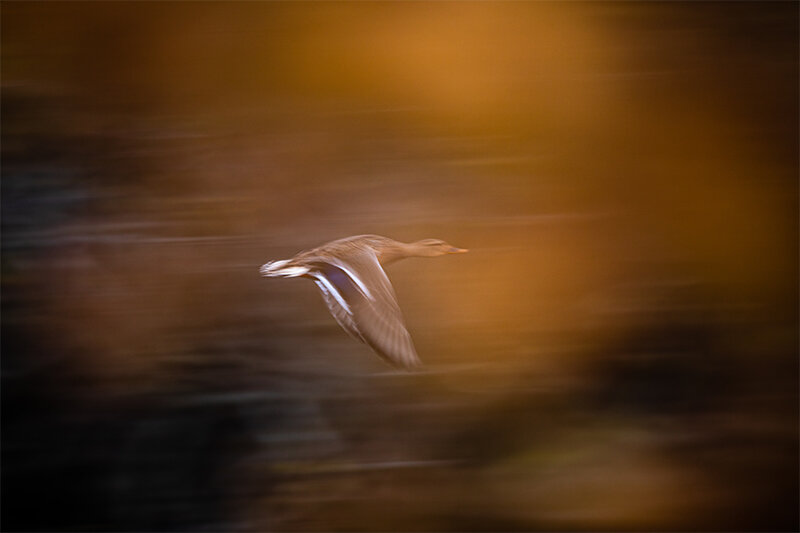10 things to improve BEFORE you buy a new lens for bird photography
The short answer to the question, “What lens do I need for bird photography” is: “as long and as fast a lens as you can afford”. (Long = at least 400mm focal length, fast = having a wide maximum aperture.) But before you spend £1,000 on a 600mm lens, can you put your hand on your heart and say you are using your existing gear to its full advantage?
Help with the basics
If you’re not confident with focal lengths and apertures, sign up now for Emma’s online camera course for beginners. The email version is free and you’ll be up and running by the end of the month:
10 things to improve for your bird photography
1. Get closer
Most people want a longer lens so they can fill the frame with the bird without needing to get so close it is scared away. But with patience and practice could you develop the skills you need to approach safely so it doesn’t know you’re there? For example for a fraction of the cost of a 600mm lens you could buy a portable one-person pop-up hide.
2. Change your subject
Instead of a portrait of one shy bird, try filling the frame with a group of bolder birds:
3. Compose better
Does the bird look better in the middle of the frame or off to one side?
Have you included some context? Usually a photo will benefit from a hint of the wider location but not so much that the bird is lost in the frame.
Are there any distractions? An annoying highlight or a splash of red in the background will draw the viewer’s eye away from the subject.
4. Use the light to your advantage
A cloudy day will give you low contrast light with soft shadows.
A clear day with the sun high in the sky will give saturated colours but also very dark shadows and bright highlights.
If you can position the sun behind the bird that gives you the opportunity to back-light your birds and give an extra layer of interest:
5. Post-processing
Do you shoot RAW? Do you squeeze every ounce of information from your file? Can you read a histogram to stretch the highlights and coax detail from the shadows? If not, join Emma’s free online foundation course at the end of this post.
6. Know your shutter speeds
A long lens won’t help you internalise the basics and beyond of shutter speed mastery. Bird photographers need to know exactly what shutter speed will either freeze the action or keep the right amount of flutter in the wing tips. They need to know how this changes by fractions of a second depend on the size of the bird, how fast it is moving and how close it is to the camera. They need to be able to make instant adjustments to exposure calculations when the sun dips behind a cloud; to hold that 1/125th shutter speed you’ll need to bump up the ISO.
7. Panning
If the reason you want a new lens is because you are bored with the photos you are taking why not just try learning a new skill and save £££? Use a shutter speed of about half a second and follow the bird with your camera as it flies in front of you. Lots of practise is needed for this one to keep the bird sharp enough so that you can still make out its features.
8. Inexpensive extra length
Instead of buying a whole new lens have you thought about trying extenders (also known as “teleconverters”)? This is a cheaper option that will extend the focal length of your existing lens by 1.4x, 1.7x or 2x, depending which you buy. A 1.4x extender turns a 400mm lens into a 560mm lens.
What’s the downside? You lose one or two full stops of light via a reduced maximum aperture size. With a 1.4x extender a lens that previously had a maximum aperture of f5.6 now has one of f8; you should let the ISO creep up to whatever it needs to in order to compensate.
9. Correct exposure
You need to expose for the bird not the background; do you know how to shoot against a bright sky and correct the exposure errors the camera will make on auto mode? A longer lens won’t correct these errors; only you can do that.
You need to dial in at least one stop of exposure compensation if not shooting on manual mode if you are shooting into a bright sky. Join A Year With My Camera at the end of this post to learn how to do this once and for all.
10. Focus
Is it currently pot-luck whether you get a bird in focus or not? Do some focus drills so that you can use the continuous-focus mode on your camera and get it right first time.
Beginner’s photo course
A Year With My Camera will take you from complete beginner to confident photographer a week at a time. You’ll no longer miss the great shots because you’ll now know which settings to use instinctively. Join here and get started today:






